Lagoon sludge cleanouts with the Bishop Solids Management Solution

Removing accumulated sludge from a lagoon system is a fast, cost-effective way to restore treatment capacity and performance.
The journey to select, design and install a BioCord condominium for bacteria in a far north lagoon
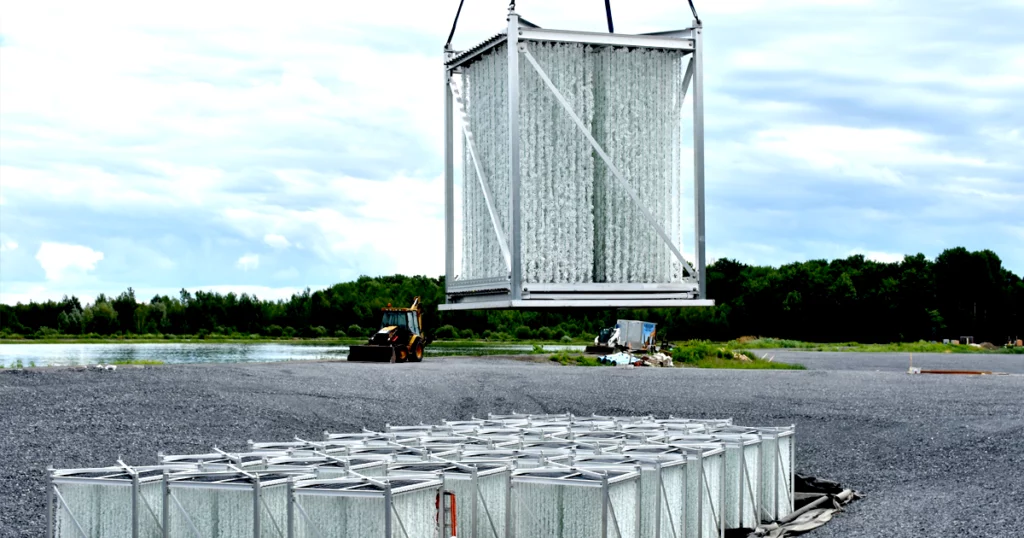
Every wastewater plant can experience washout—a condition where high hydraulic loading causes microorganisms to be flushed out of a treatment cell at a faster rate than they can be replenished.
Webinar – Lagoon Sludge Cleanouts: Learn how to manage costs and avoid mishaps
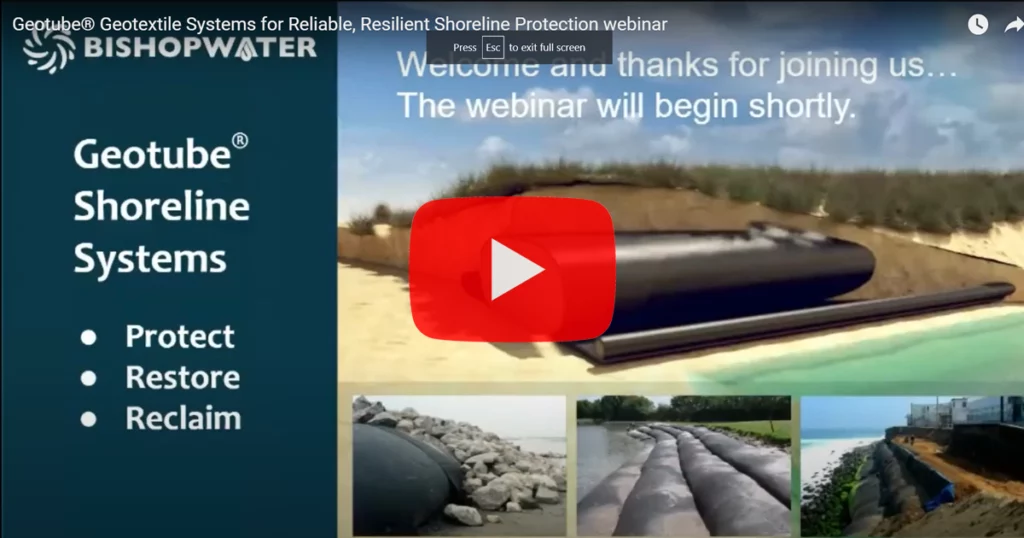
Removing accumulated sludge from a lagoon system is a fast, cost-effective way to restore treatment capacity and performance. But before the dredges, diggers and pumps can begin their work, project teams must carefully evaluate, estimate and plan to ensure the project proceeds smoothly and is completed on time and on budget.
Is your lagoon suffering from washout?

Every wastewater plant can experience washout—a condition where high hydraulic loading causes microorganisms to be flushed out of a treatment cell at a faster rate than they can be replenished.
BioCord Reactors set to provide enhanced ammonia removal for Limoges WWTF
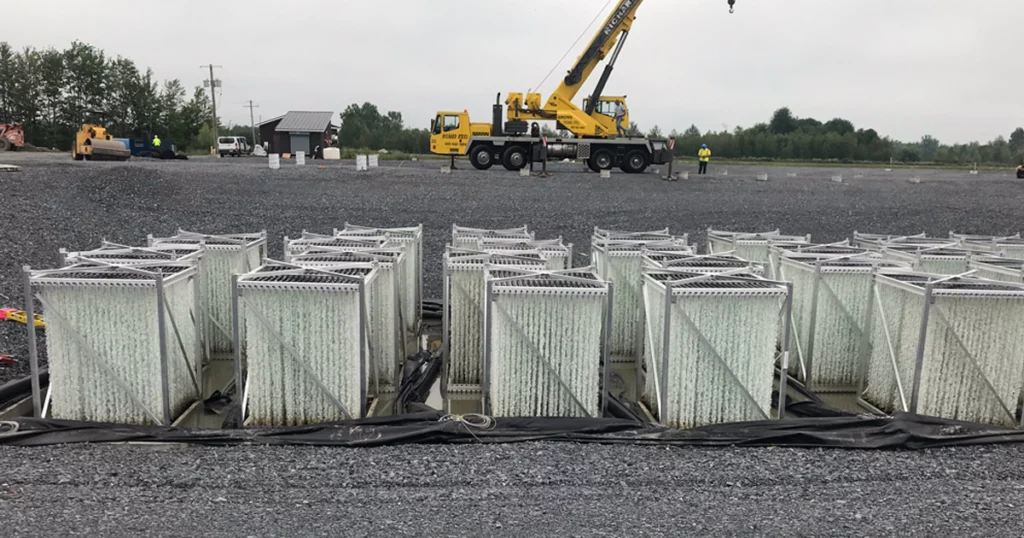
Bishop BioCord® Reactors are in place at the lagoons of the Limoges WWTF as part of a $10-million project, designed and managed by R.V Anderson Associates Limited, to upgrade the plant’s capacity and performance.
Top 5 things to consider for a lagoon upgrade
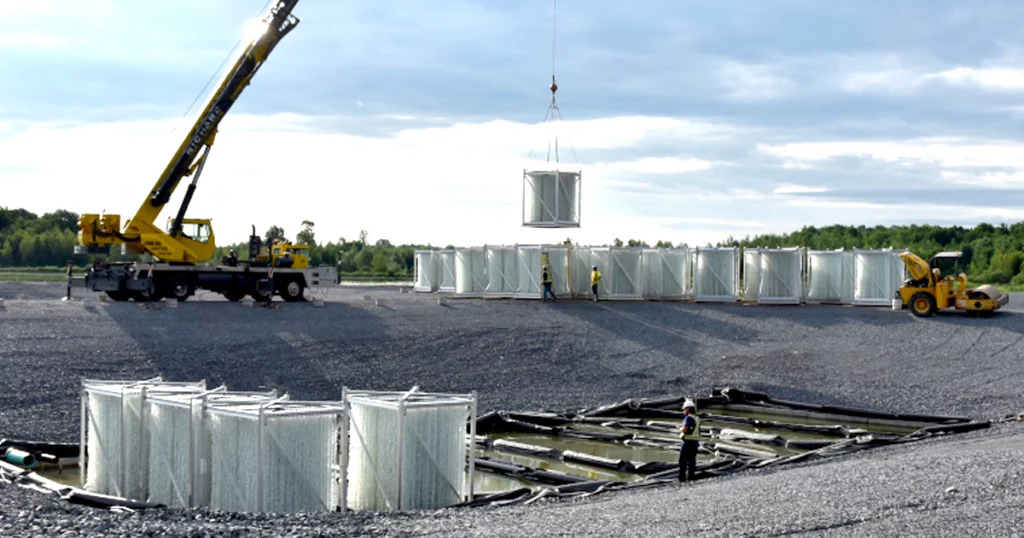
We’ve compiled a list of important considerations to help you plan a lagoon upgrade that can provide the performance and capacity your community needs at affordable capital and operating costs.
Learn how BioCord and baffle curtains are enhancing performance at Limoges WWTF
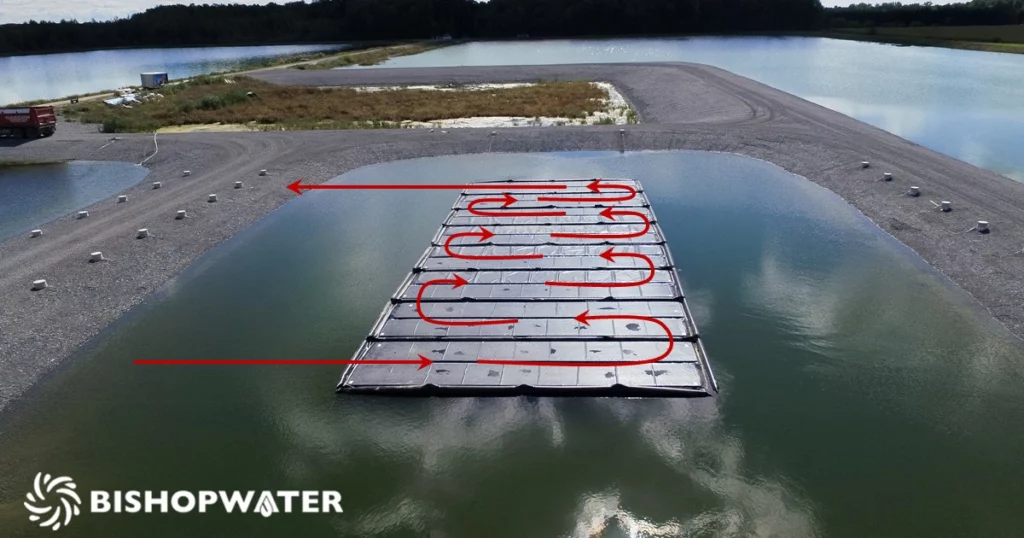
Baffle curtains now surround two cells of BioCord® Reactors that were installed as part of an upgrade for the Limoges WWTF in The Nation Municipality.



